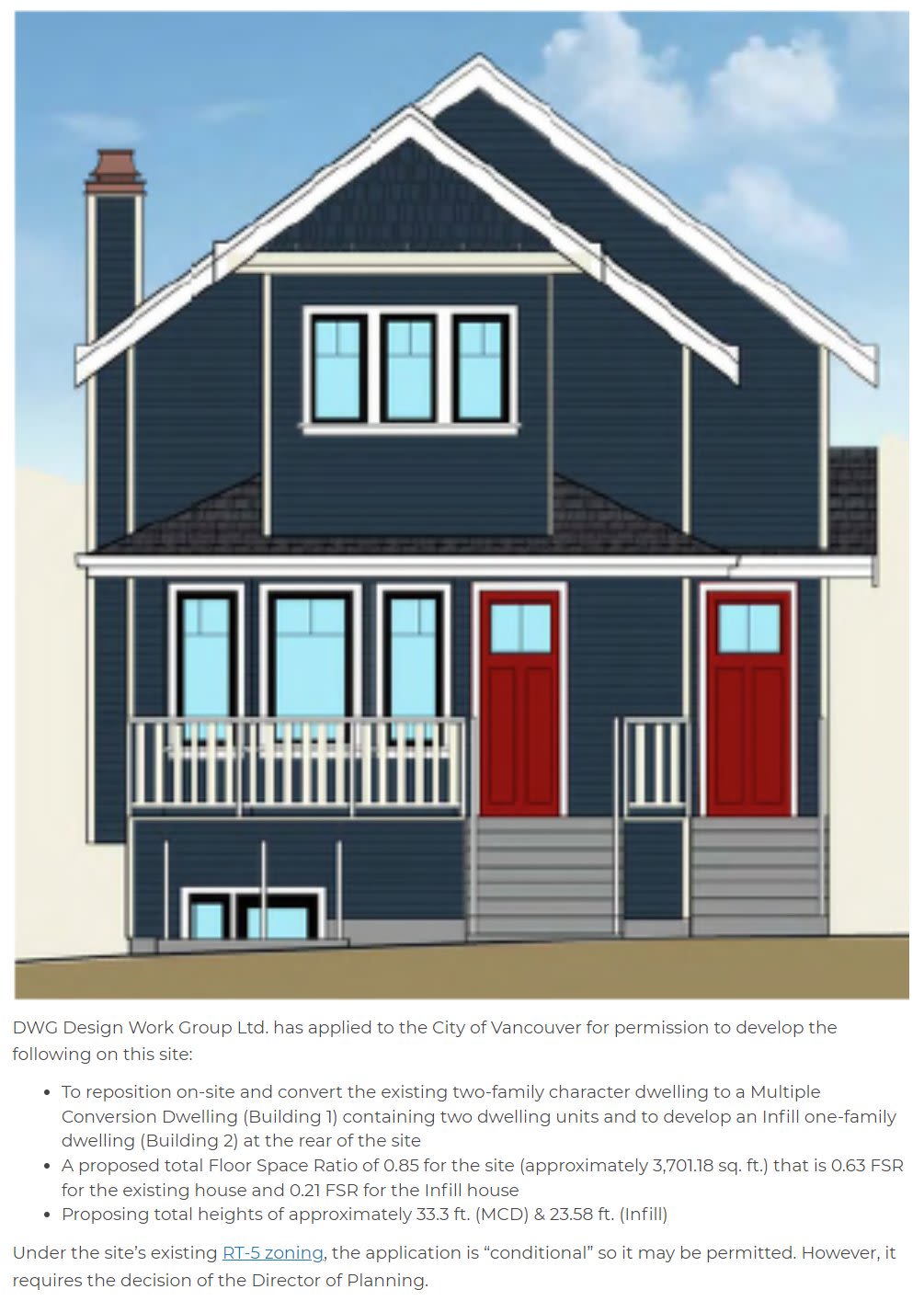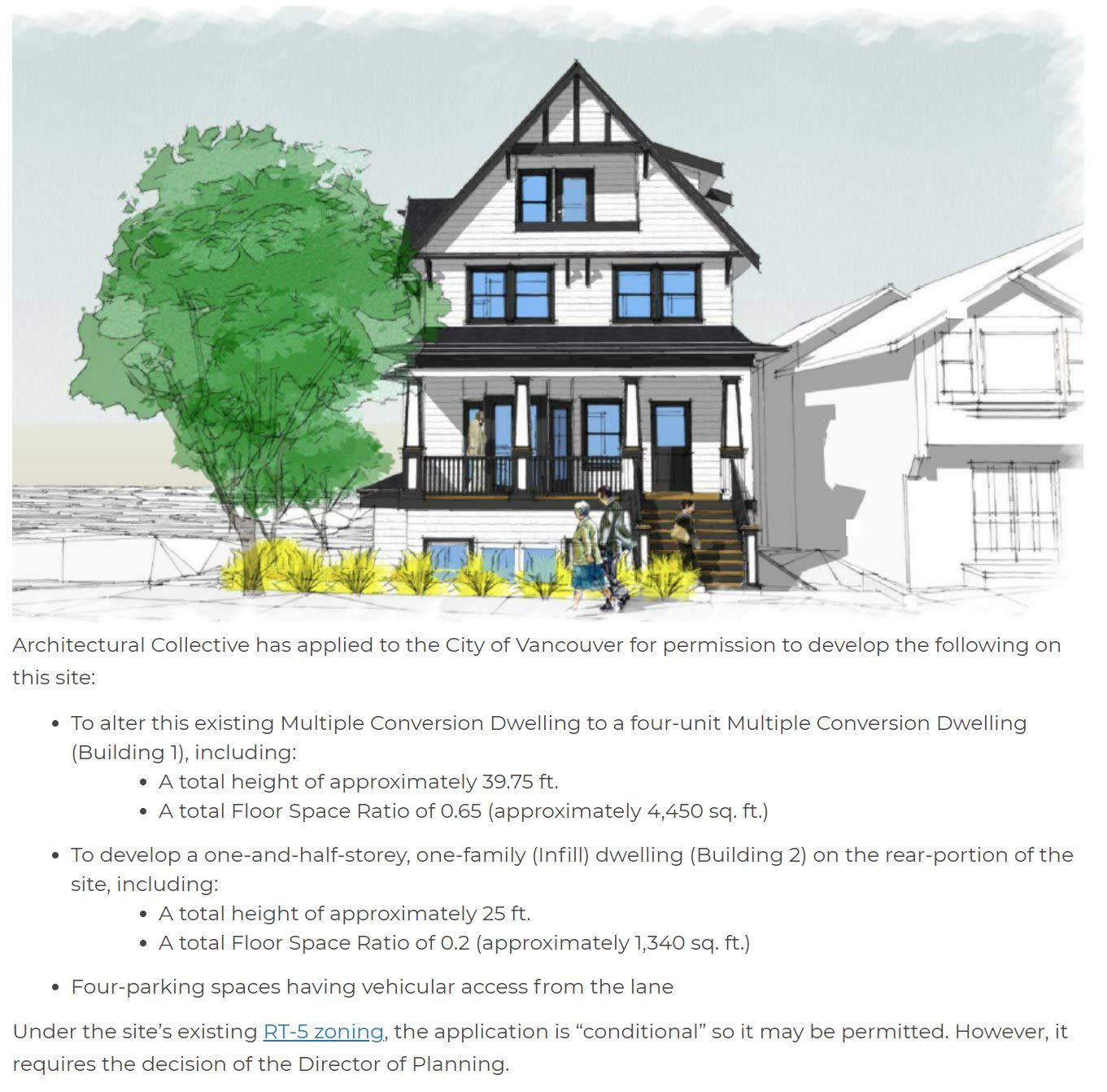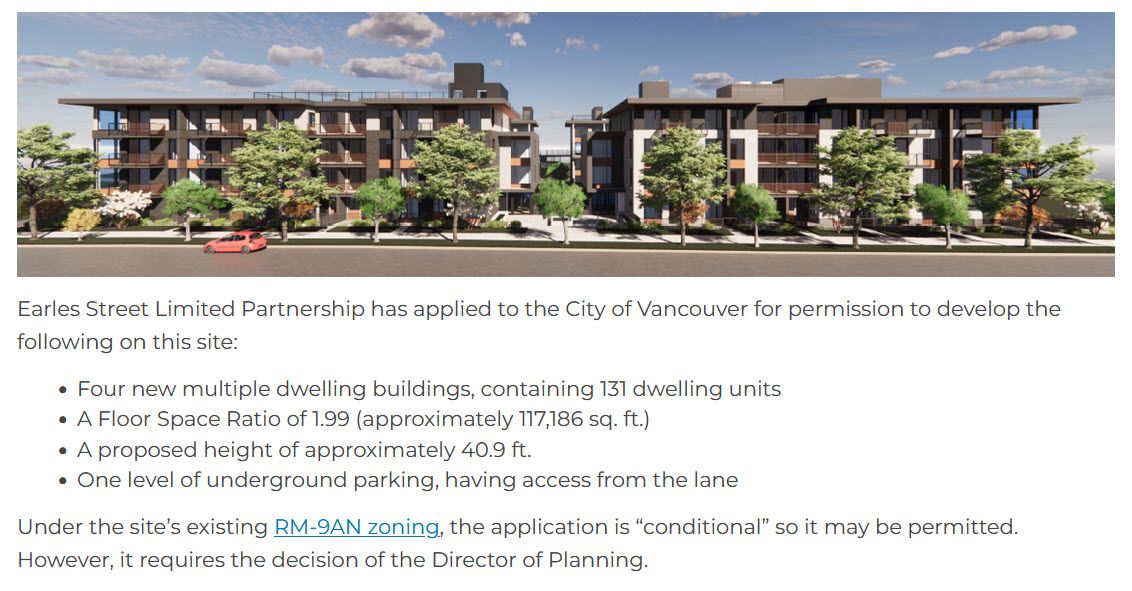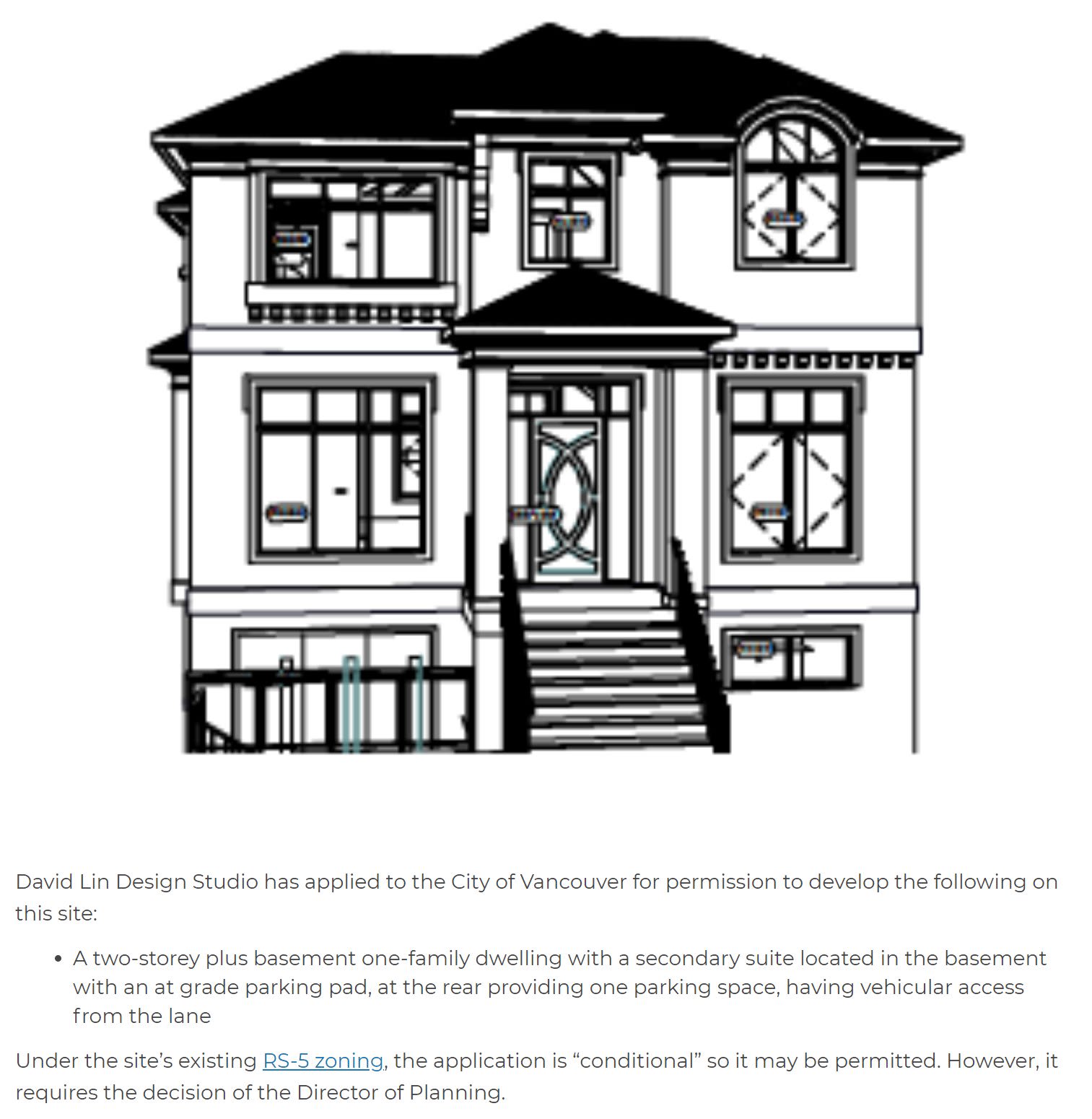A few years ago, this short piece by former Vancouver councillor Gordon Price made a big impression on me.
The Canadian Institute of Planners had decided to celebrate Vancouver’s West End neighbourhood by giving it their 2015 “Great Neighbourhood” award. Price noted that this is ironic given that during its most recent development boom, the modern West End was widely regarded as a terrible planning decision:
…this neighbourhood of old converted single-family homes was largely bulldozed to create the Great Neighbourhood of today. The West End, during the boom era of highrise construction in the 1960s, was considered a concrete jungle – what most Vancouverites didn’t want anywhere near them: everyone’s best bad example of urban redevelopment.
Impossible to do that today. Imagine taking a square mile anywhere south of 16th Avenue and rezoning it for the kind of development that characterizes the West End.
This really surprised me as someone who moved to Vancouver in the 2000s. Nearly everyone loves the West End now! It’s got a lot of relatively affordable rental apartments, it’s close to all kinds of natural amenities, and it’s a short walk from downtown.
Fast-forward to late 2017, and I’m digging through old newspapers at the VPL for Abundant Housing Vancouver. When I get to the 1960s, I find out that Price is right: many people really hated the modern West End when it was being built. Here are just some of the articles I found.













